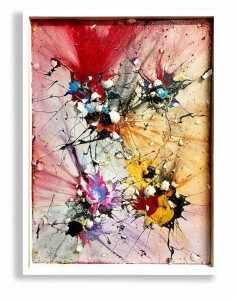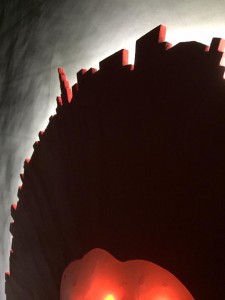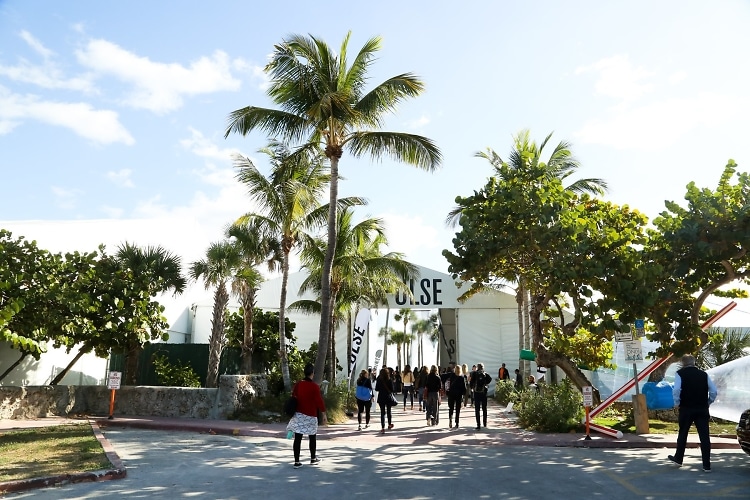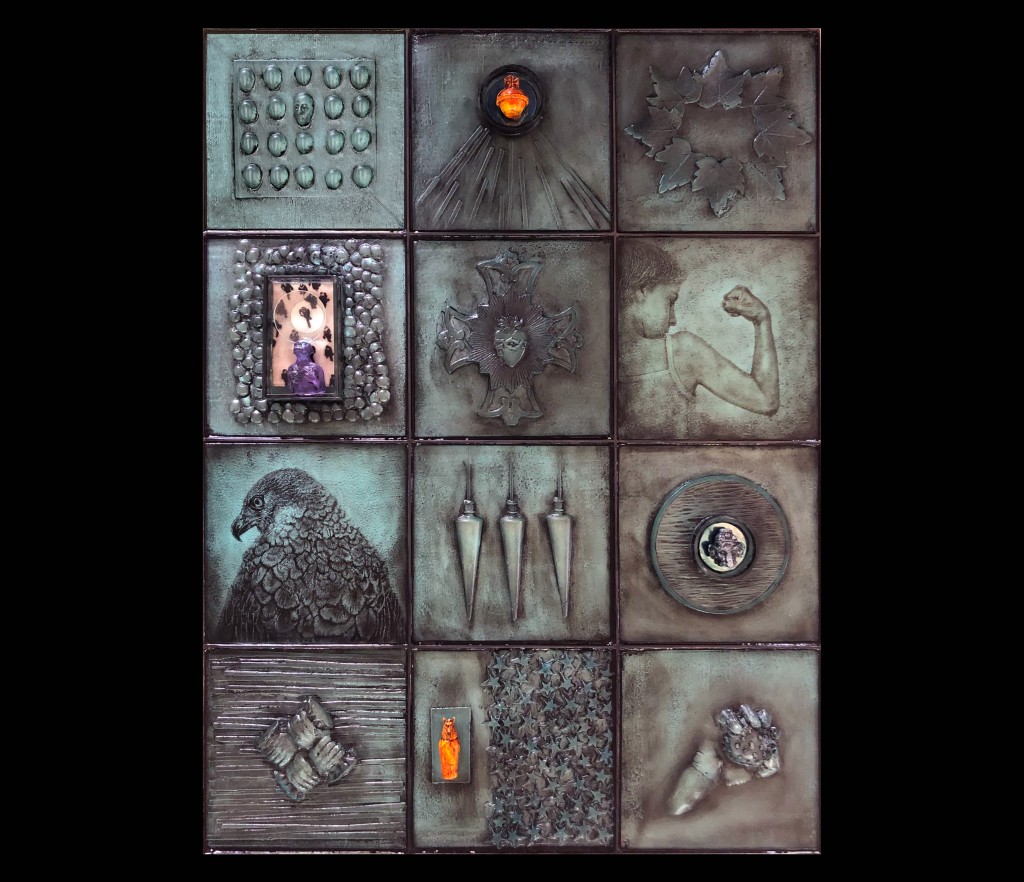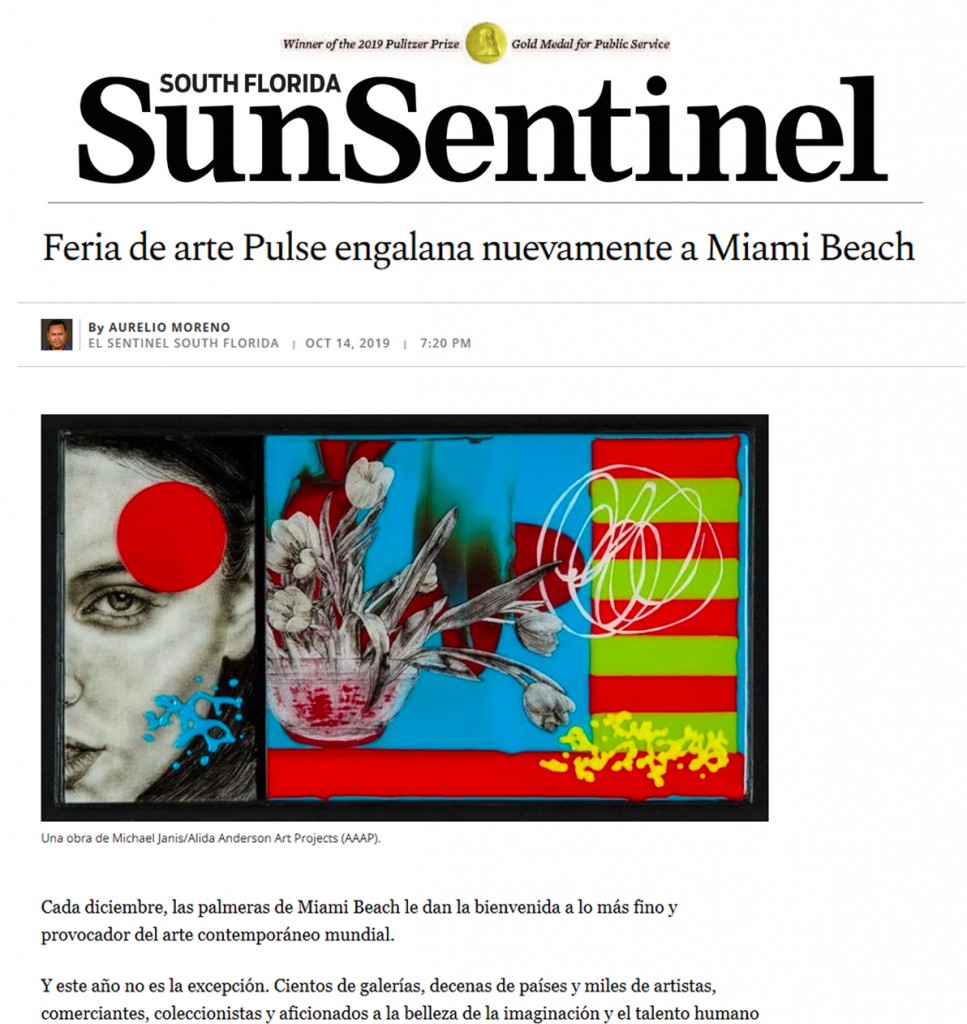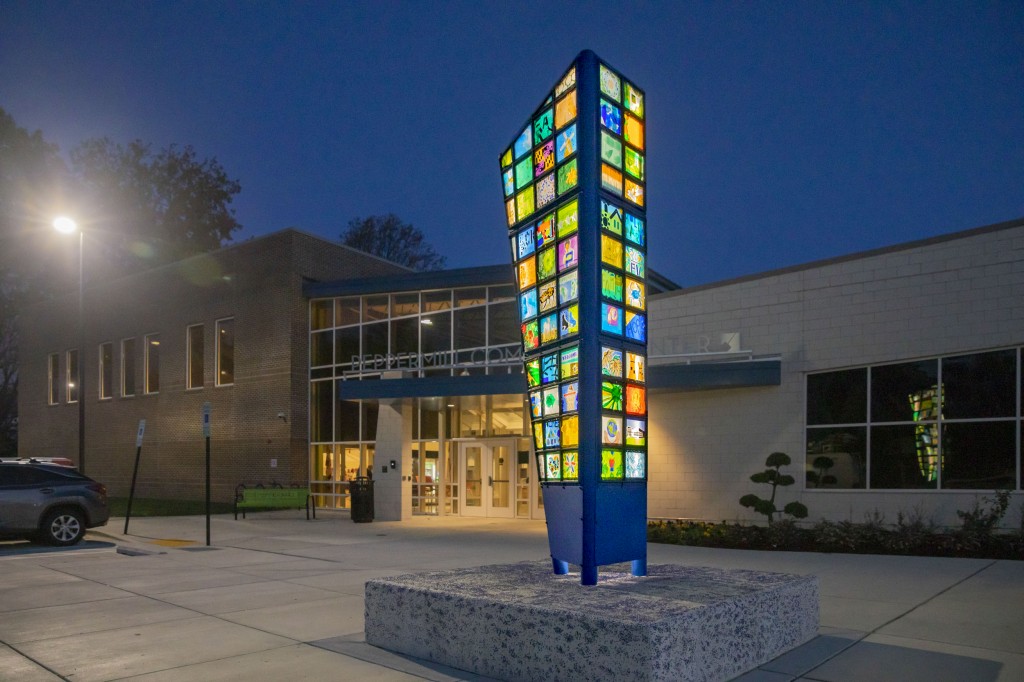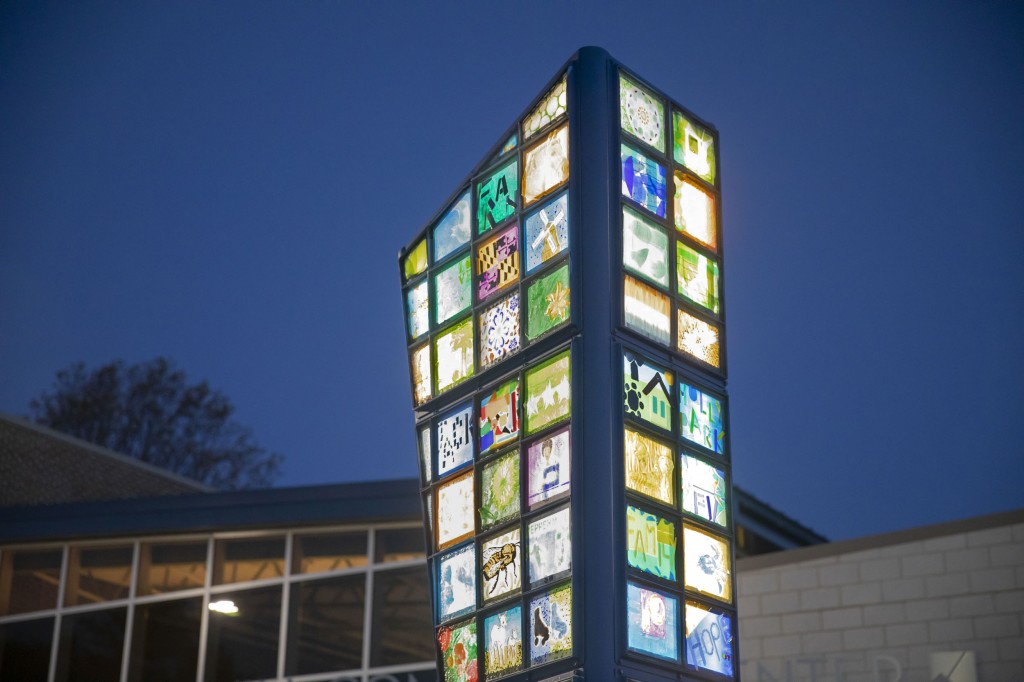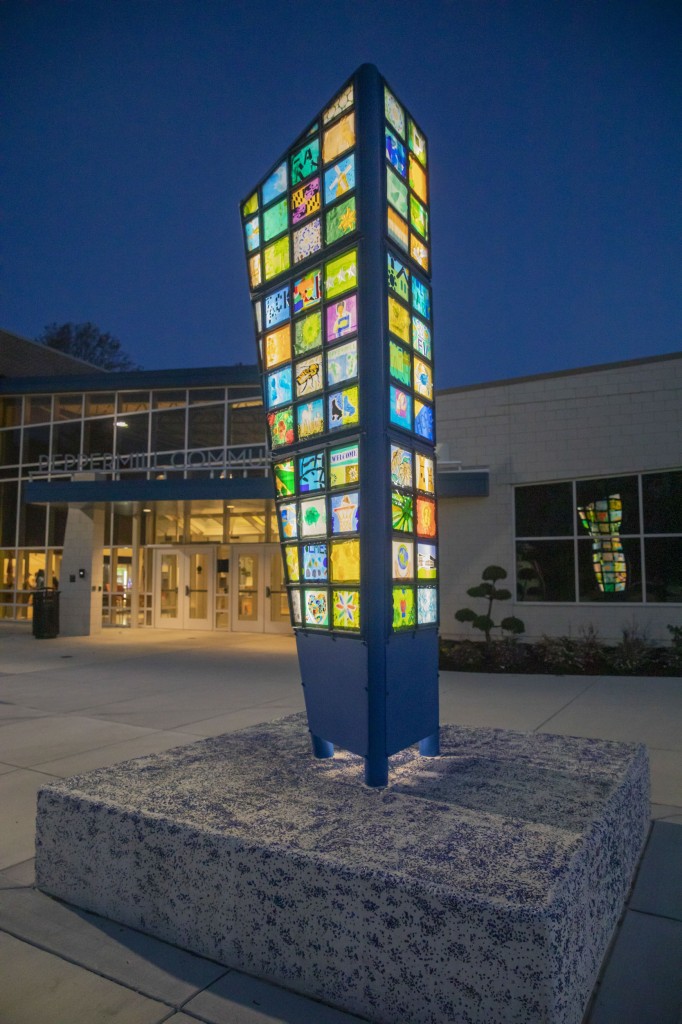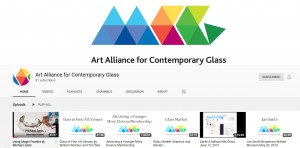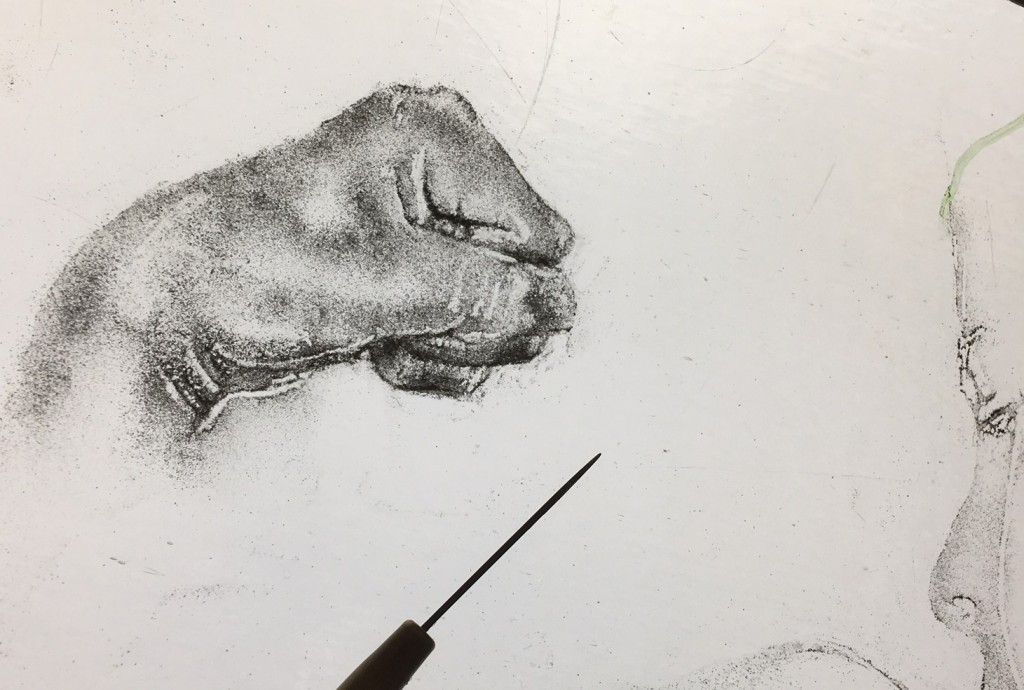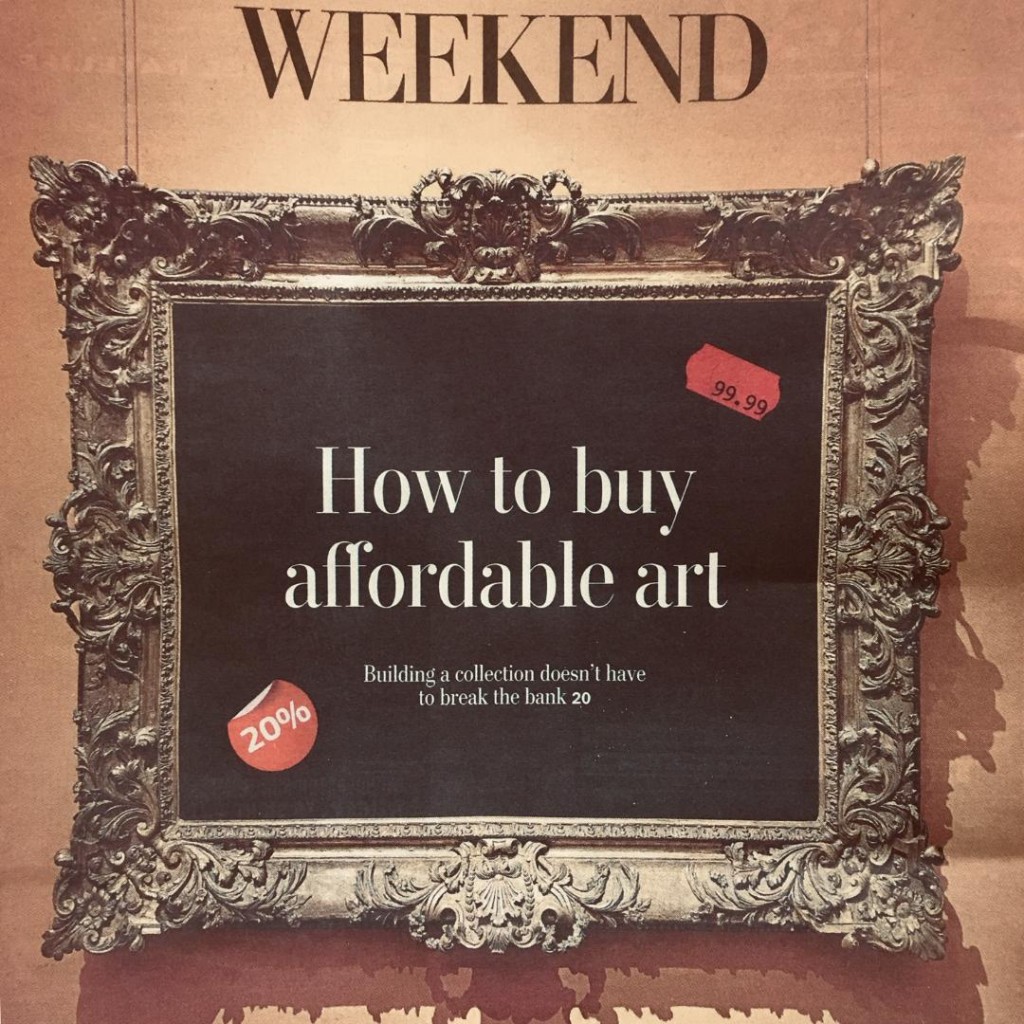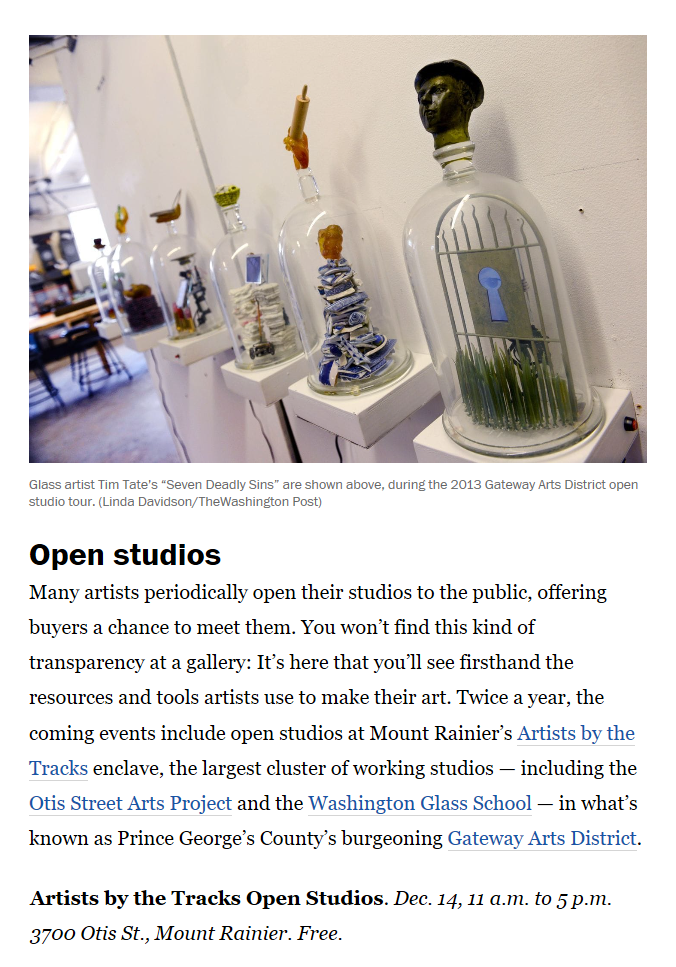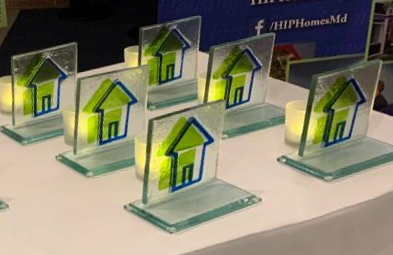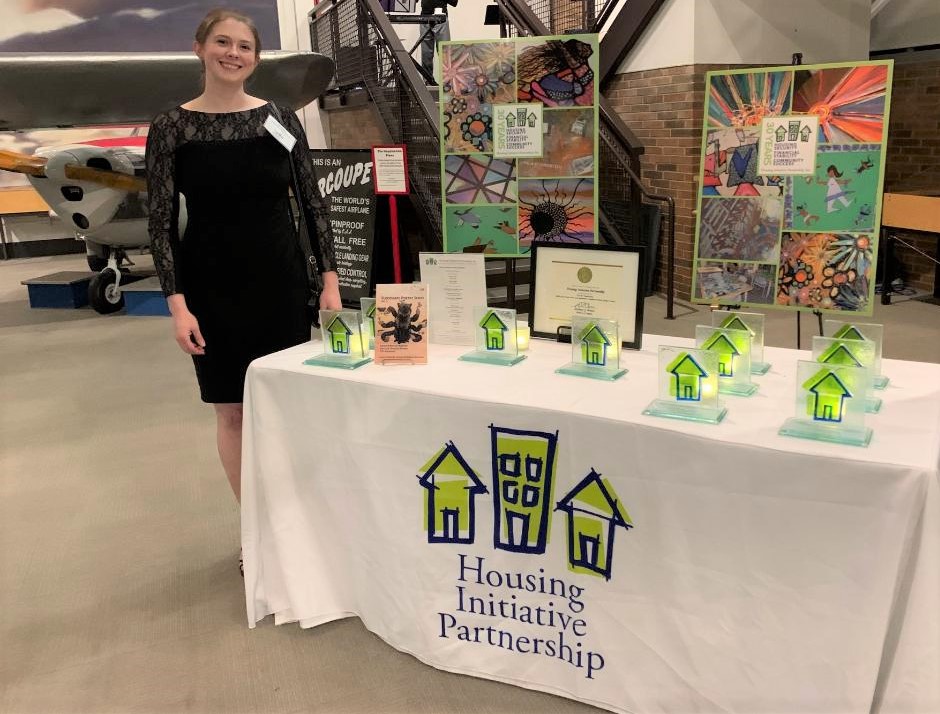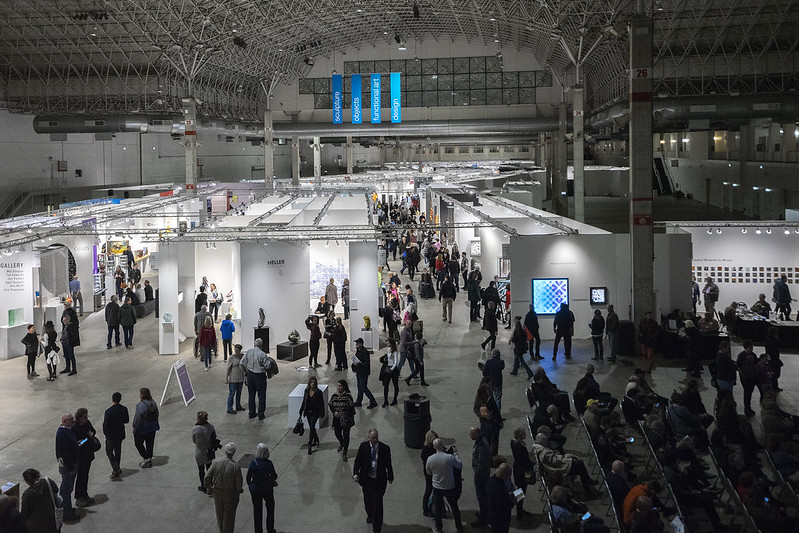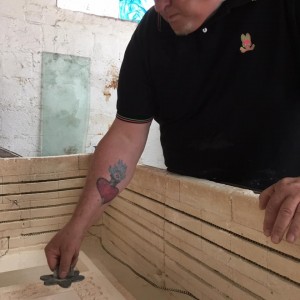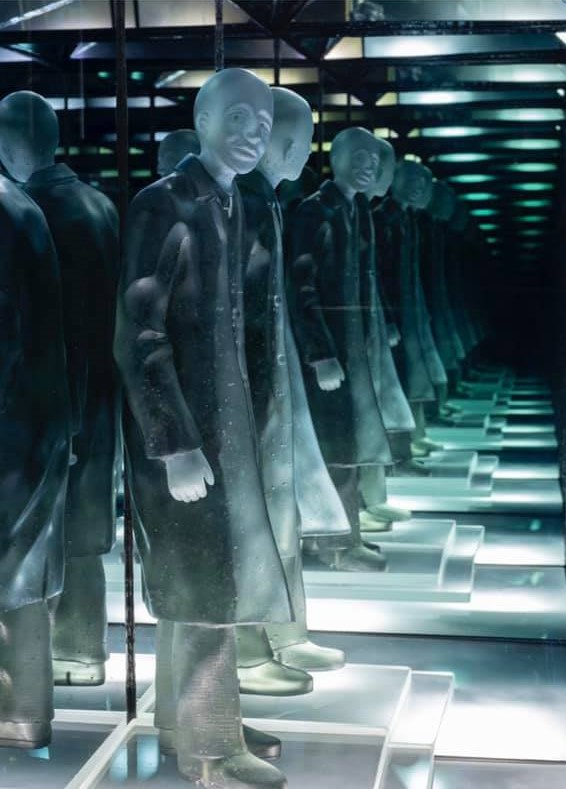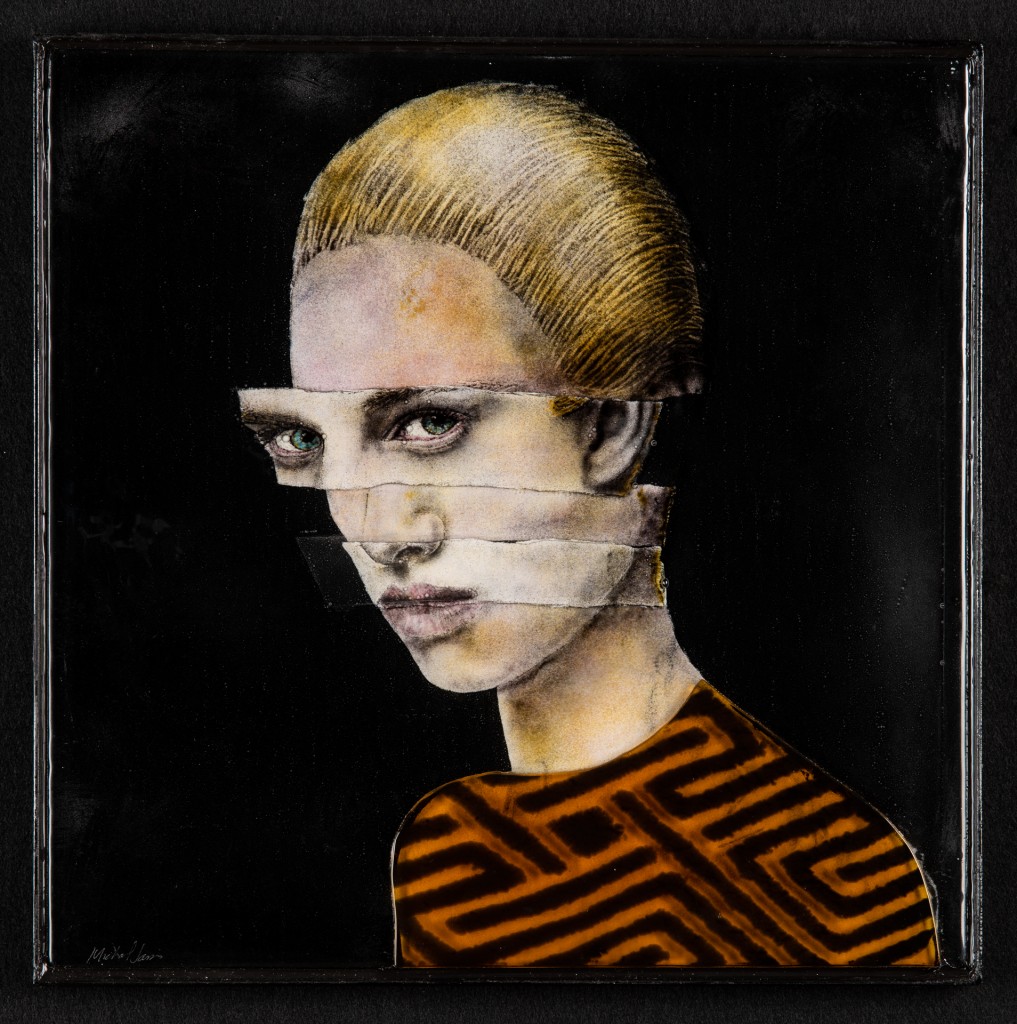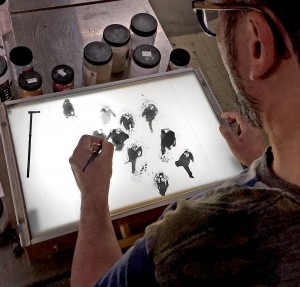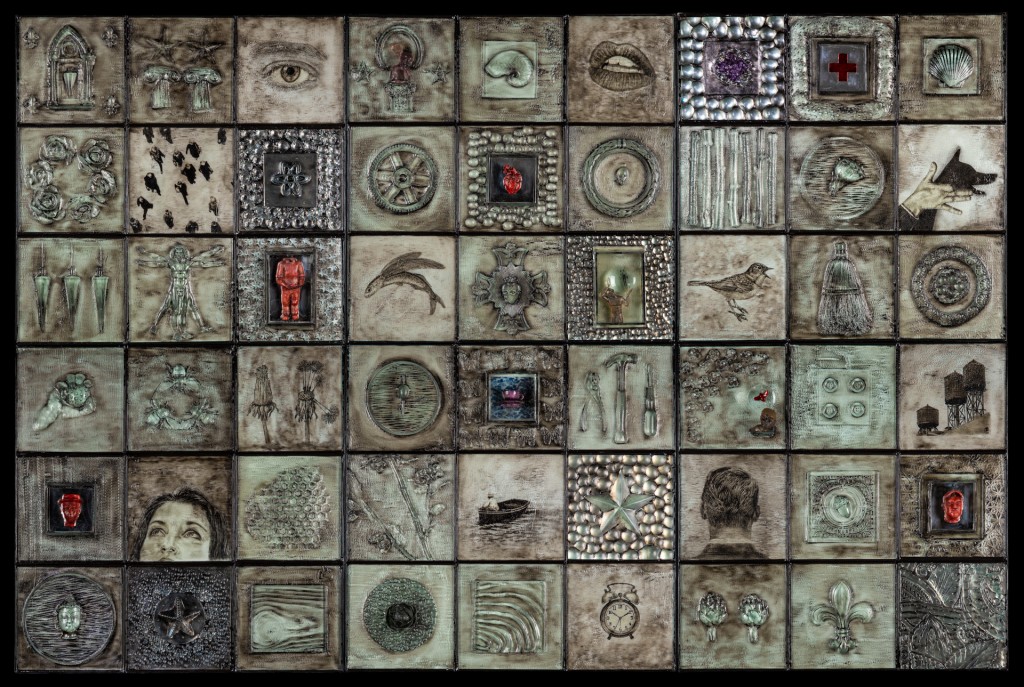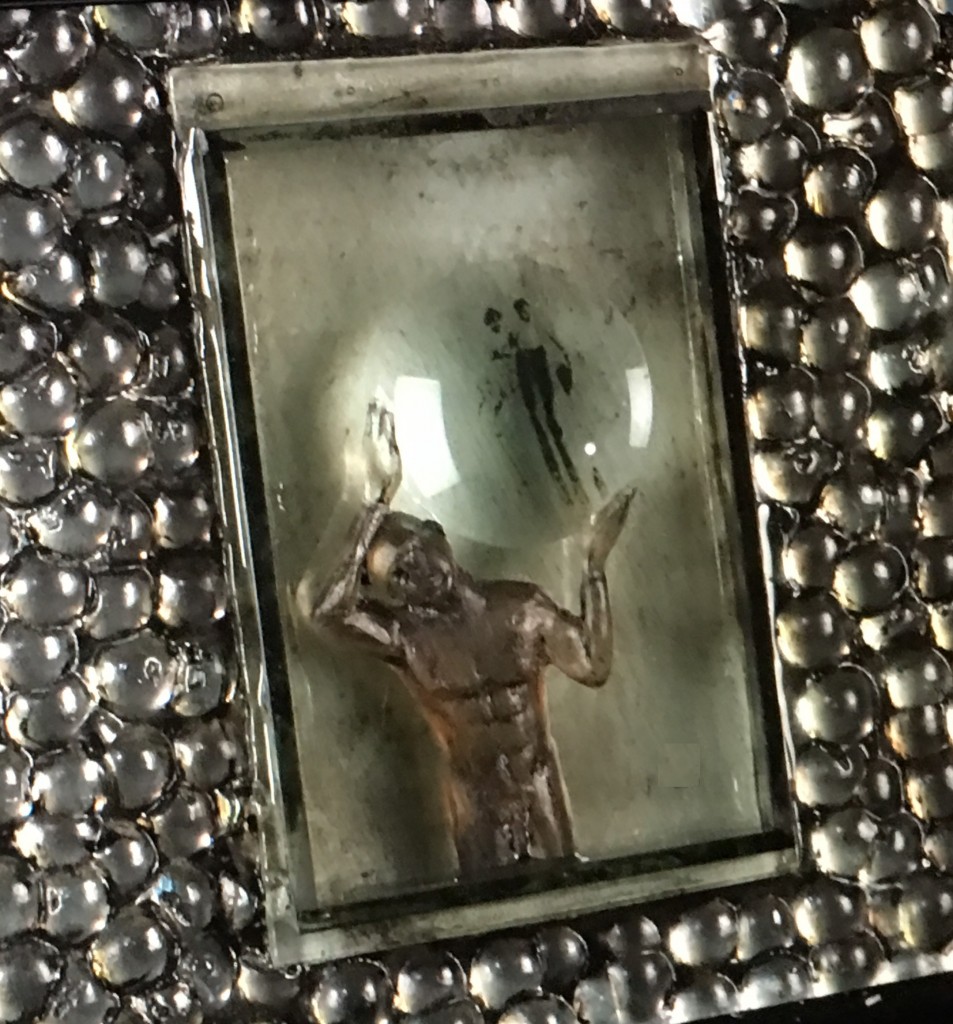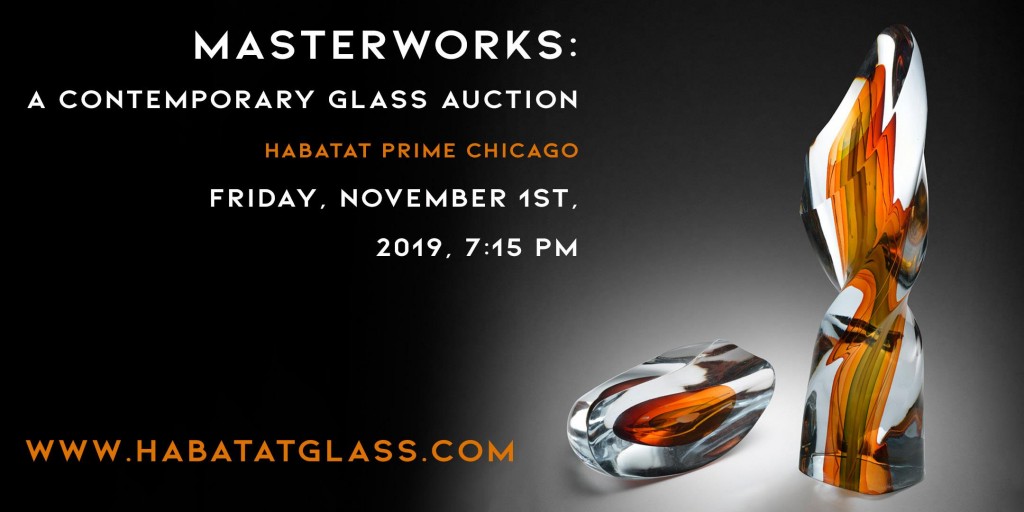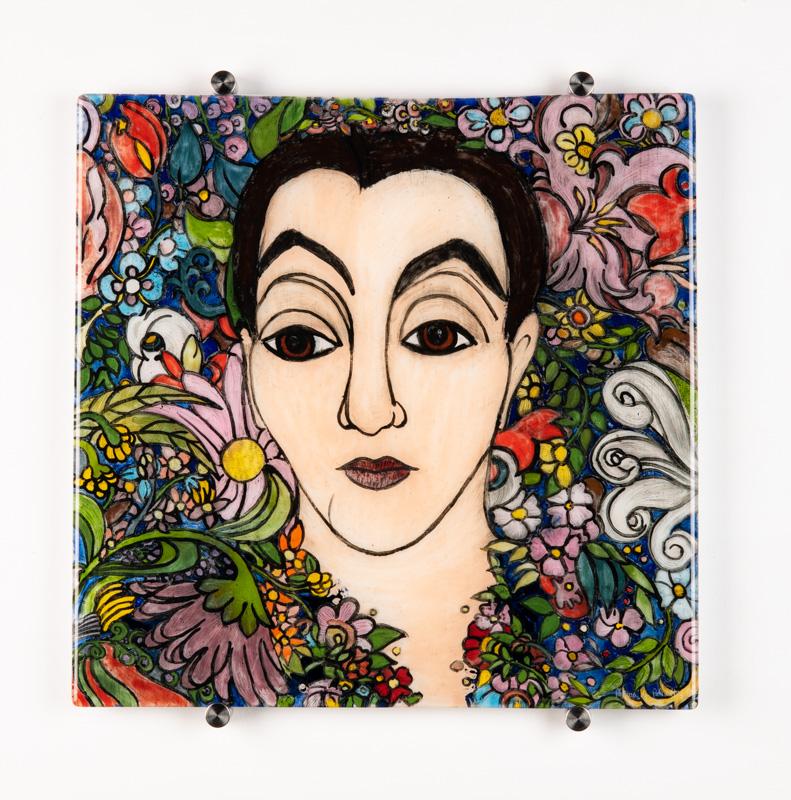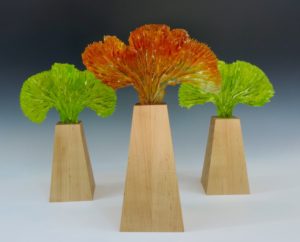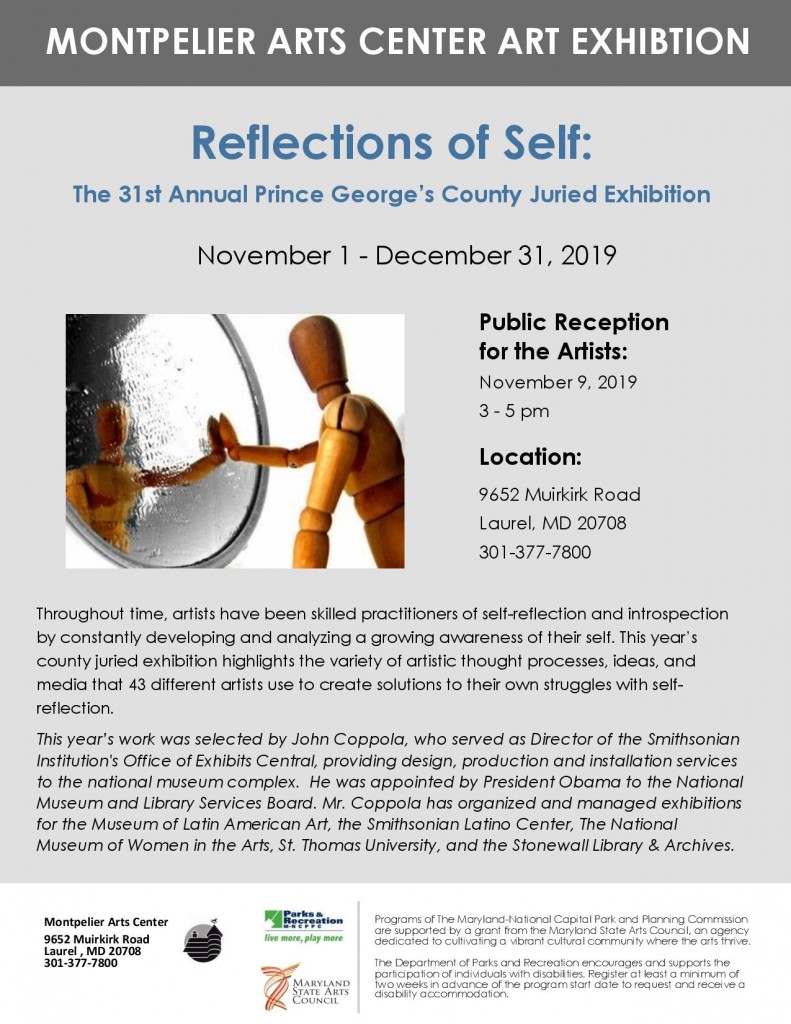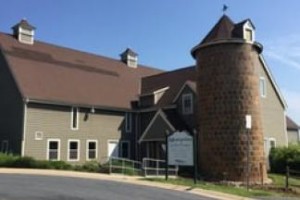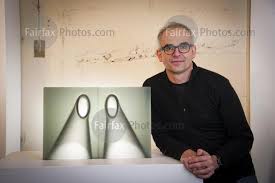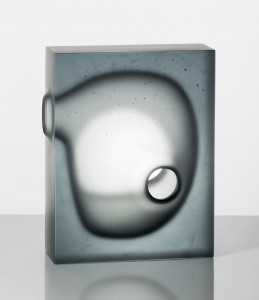
The DMV’s best and freshest media-specific artwork gallery – WGS Contemporary – will be at AQUA Art Fair in Miami>
WGS Contemporary’s mission is to contribute to thinking about art, new media, technology, and social issues through an open access forum, one that will facilitate contemporary and innovative projects worldwide. In that process WGS Contemporary aims at exposing the cutting edge work of artists working the new media frontiers of art. This year, WGS Contemporary will be one of the featured galleries at the prestigious Aqua Art Miami international contemporary art fair.
 Aqua Art Miami, which opens with a VIP Preview on Wednesday, December 4 and open to the public December 5 – 8, has become the premier destination for prominent collectors and art aficionados to procure works by young, emerging and mid-career artists. Throughout the years, Aqua Art Miami has continued to solidify itself as a completely unique art fair, consistently staying true to its signature relaxed yet energetic vibe. The 15th anniversary edition features 60 international exhibitors showcasing fresh new works, and set in the intimate exhibition rooms that open into a beautiful courtyard, all within a classic South Beach hotel.
Aqua Art Miami, which opens with a VIP Preview on Wednesday, December 4 and open to the public December 5 – 8, has become the premier destination for prominent collectors and art aficionados to procure works by young, emerging and mid-career artists. Throughout the years, Aqua Art Miami has continued to solidify itself as a completely unique art fair, consistently staying true to its signature relaxed yet energetic vibe. The 15th anniversary edition features 60 international exhibitors showcasing fresh new works, and set in the intimate exhibition rooms that open into a beautiful courtyard, all within a classic South Beach hotel.
WGS Contemporary will be showcasing works by artists: Teri Bailey, J Jordan Bruns, Michael Janis, Tim Tate, Erwin Timmers and Steve Wanna.
Aqua Art Miami at the Aqua Hotel
1530 Collins Avenue
Miami Beach, FL 33139
